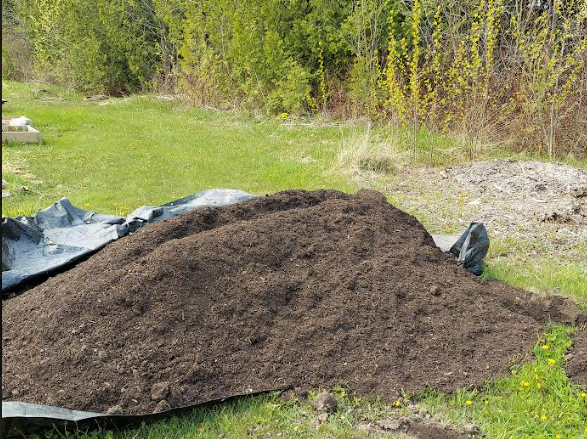Building new Gardens!
New Food App Launched by United Way Grey Bruce
The United Way of Bruce Grey and their associated food programs work tirelessly to address the increased need in our community and provide fresh and healthy food to an ever-growing number of people in need. They could see the demand was rising dramatically during the pandemic and wanted to find a way to better understand and illustrate the escalating issue of food insecurity in Bruce Grey. To bring their food bank and meal programs together, and unlock the power of data, the United Way partnered with local start-up company NPX to build the Food Bruce Grey App – a data collection platform that allows food programs to capture and share their data and to show their impact in the community.
The app allows food banks and meal programs to enter data, download reports, and create dashboards that visualize their impact and food insecurity trends in their communities. Members of the public can also view dashboards that illustrate how food banks and meal programs are used and how the needs are growing.
Local food banks, meal programs, and community gardens have already begun entering data into the app. NPX, Bruce Power, and the Community Foundation Grey Bruce provided funding for food scales to enable each program to weigh produce and more accurately capture the amount of food being collected and distributed. The app will capture data on food that is collected and distributed, and also include information on demographics of community members who are using food banks and meal programs, while tracking volunteer efforts in the region.
To read the original article, visit https://unitedwayofbrucegrey.com/the-united-way-of-bruce-grey-launches-the-food-bruce-grey-app-with-support-from-npx-and-bruce-power/








